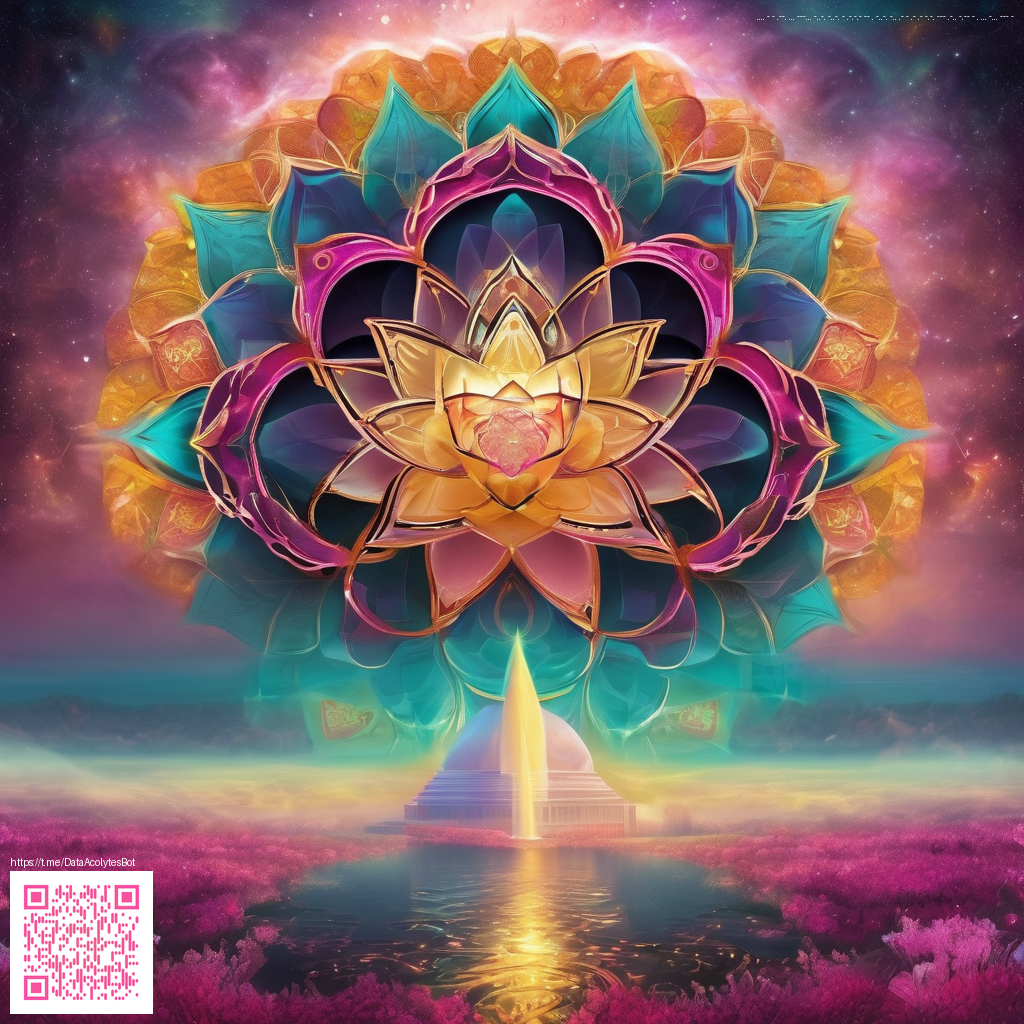
The Enduring Impact of the Silent Hill 2 Remake for Horror Fans
For many horror connoisseurs, the allure of Silent Hill 2 lies in its quiet terror: a game that teaches fear through atmosphere, not jump scares. The 2024 remake, developed by Bloober Team and released on PlayStation 5 and Windows, preserves that core while sharpening the tools of modern survival horror. It arrives with a careful balance of fidelity and innovation, transporting players back to that fog-drenched town with a fresh lens. The result is a remake that feels both reverent and essential for anyone who craves thoughtful dread 🕹️.
Gameplay Deep Dive
At its heart, the remake rebuilds the original’s pacing around exploration, memory, and consequence. Movement remains deliberate, demanding deliberate choices as you traverse precincts that blend decayed luxury with creeping menace. The melee and firearm options are streamlined for modern control schemes, delivering a more tactile sense of impact without sacrificing the careful technique that made the source material famous. Players are nudged toward patience rather than pure aggression, rewarding recognizing environmental storytelling cues and eyebrow-raising audio cues that hint at danger just off camera ⚔️.
Environmental design stands out as a masterclass in psychological horror. Lighting plays a starring role, with shadows that seem to breathe as you advance, and corners that feel navigable yet uncertain. The remake leans into creature design by reimagining familiar alternatives with more texture and menace, while still leaving room for the iconic background details that hardcore fans memorize on a loop. Puzzles, meanwhile, feel sharper and more integrated into the world, encouraging careful observation and deduction rather than brute-force trial and error.
The combat system is a thoughtful evolution, prioritizing pacing over punishment. Ammunition is finite, but not punitive; rather, it forces you to balance risk and retreat with smart use of cover and timing. The audio design guides decisions in a way that only becomes apparent after multiple playthroughs, turning common hallway traversals into tense, almost ritual encounters. In short, the remake preserves the DNA of tense, methodical play while offering a control scheme and interface that feel contemporary and responsive 🎮.
Developer note: the team has spoken about honoring the original's tone while embracing modern horror sensibilities. The result is a game that feels faithful in spirit but unmistakably current, inviting both new players and veterans to experience its atmosphere in a fresh light.
Community Insights
The horror community has embraced the remake not just as a retelling, but as an invitation to re-experience a classic through a modern lens. Longtime fans appreciate that the story’s emotional core remains intact while the world now reads with sharper textures and crisper sound design. Streamers and speedrunners alike highlight how the refined controls and updated systems open up new routes and strategies, even for a title that has loomed large in collective memory for decades 🧠.
Modding culture continues to influence how players engage with this title beyond its original scope. While the core game targets official platforms with a designed experience, PC players are exploring shader swaps, UI tweaks, and accessibility options that enhance readability or adjust tonal balance. The discussion around mods extends beyond favoritism for visual flair; it centers on making the game more approachable for a broader audience while preserving the tight, unnerving atmosphere that defines the experience.
Update Coverage and Ongoing Refinement
Since launch, the release has benefited from a sequence of updates aimed at polish and accessibility. Players have reported smoother performance on PC with refined load times and improved texture streaming, alongside quality-of-life improvements that streamline inventory management and UI navigation. While not a patch note parade, these adjustments demonstrate a developer commitment to keeping the game approachable without diluting its tense, measured tempo.
Sound design remains a standout element, with Akira Yamaoka’s musical fingerprints guiding mood while Masahiro Ito’s creature design concepts echo in the environmental silhouettes. The combination of ambient audio, sudden stingers, and the oppressive ambiance of the town continues to be a strong argument for why the remake remains essential to horror fans who crave a sensory, immersive scare rather than a string of jump surprises.
Why It Still Matters for Horror Gamers
This project matters because it proves that a beloved classic can be reimagined without erasing its soul. It respects the source material’s pacing, psychology, and fidelity while providing a tactile, modern experience that still values restraint over spectacle. For new players, it’s a gateway into a storied IP with an atmosphere that many contemporary titles struggle to replicate. For veterans, it offers a polished lens through which to reexamine familiar spaces and confront the recurring fear of what lurks just out of frame.
In a landscape where remasters sometimes feel like quick cash-ins, this remake distinguishes itself through craft. It demonstrates how smart design choices, a reverent design philosophy, and a willingness to iterate while preserving core themes can produce a living, breathing horror product. If you’re chasing that classic fear—calm, methodical, and deeply unsettling—this is a journey you’ll want to revisit, again and again 🎮.
Related Reading
- Decoding Color Psychology in Alter Reality MTG Art
- Solana Meme Coin Polycate Surges Amid On-Chain Momentum
- Create Realistic Paper Textures with Midjourney
- Binary Motion Reveals a Blue White Hot Star Near Ophiuchus
- How Cranidos Maximizes Stab Damage with Rock Moves